And no more hassle! Weather-dependent automation for heating systems will create the ideal climate
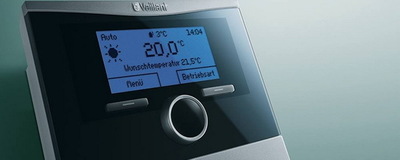
This is equipment that provides heating for the house. The principle of operation is based on changing the temperature outside the room.
Using the device allows you to save on electricity supply.
Weather-dependent automation for heating system control
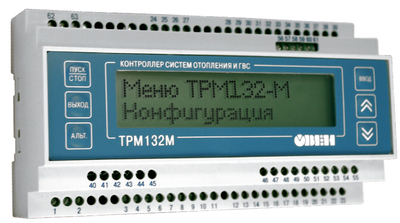
It is a system aimed at controlling the heating of a room. Hardware device measures the temperature outside.
When a change is detected, the program causes the boiler to increase or decrease the heating of the coolant. Constant study of temperature fluctuations leads to savings: the device does not consume fuel to maintain the boiler operation if there is no need for it.
It will take some time for the water to heat up. The room will have time to cool down partially, although it will then replenish the heat loss. Given this fact, It is not recommended to connect heated floors to the device. Weather-dependent automation successfully copes with the task, but may not work correctly with sudden temperature changes.
Features of use
Weather-dependent automation (WDA) It is used in two types of boilers.
Wall
Most of these devices have automation built in by the manufacturer. They are hung on a vertical surface during installation, which is where they got their name. The medium-sized device takes up little space. It is recommended to use in small private houses, where it is impossible to allocate a separate room for the boiler room. In comparison with the floor-standing version, the wall-mounted version is cheaper. PA involves installing a sensor that measures the outside temperature.
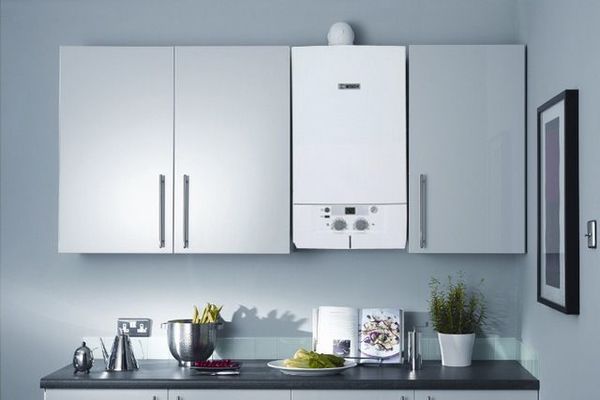
Photo 1. Wall-mounted boiler installed in the kitchen. Usually such devices are equipped with weather-dependent automation.
Floor
The use of a floor-standing boiler is justified in a large country house. The cost price of the device is higher than that of a wall-mounted analogue, but operation is cheaper.
Rare models have a built-in controller - you will have to buy it separately. You will also need to buy and install a lot additional equipment: mixing units, terminals, hydraulic system. For piping you need a place, preferably a separate room. In addition, you will need to hire a specialist for connection and debugging. The final amount will be in 100 - 150 thousand rubles.
Advantages
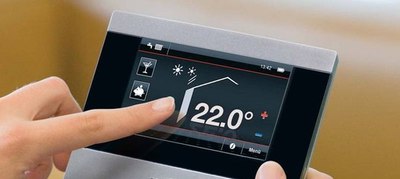
The hardware device has two advantages:
- The system is automated - no external intervention required except in emergency cases.
- It is believed that automation allows you to save on electricity supply.
Flaws
The system has three of them:
- High cost devices.
- The need for a complete replacement of units in case of problems with electronics.
- Maintenance of automation is carried out only by a specialist.
Operating principle
When setting up the controller the "curve" is setWith its help, the program calculates the need to heat the room. Starting position curve - the point at which the temperatures of the coolant and the environment are equal. As a rule, this is 20 degrees Celsius. After calibration, the device automatically monitors the need to change the temperature.
Manufacturers set several curves in the PA so that the setup does not take up extra time. Having selected the program, the specialist starts the system. Then, it functions independently.
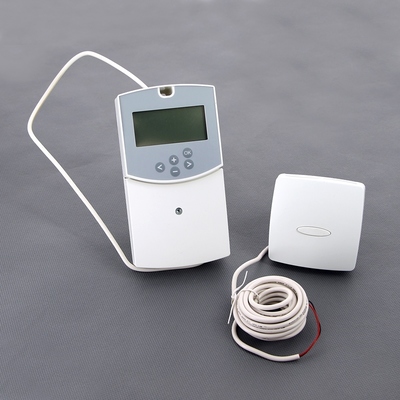
For better synchronization, two sensors must be installed. - one outside, the other inside.
By checking the readings, the system will not produce additional heating at a comfortable room temperature.
For this reason it is necessary to choose the right room, into which the sensor will be installed.
Heating or cooling the coolant takes time, so the heating cannot quickly adjust to the temperature difference.
Controller
The controller is the core of the hardware device. It monitors the readings of the sensors and sets the room temperature. The factory functions of the device are responsible for heating and also inform the owner about malfunctions. User settings are designed to maintain the most comfortable conditions.
Saving heat
Most people install such devices. to save electricity consumption. For example, when a comfortable temperature is reached in the room, the system will reduce fuel consumption for subsequent heating of water.
Attention! You should be careful - when the room cools down sharply, the coolant begins to heat up rapidly. Such cases can lead to the occurrence of problems with the heating system.
Features of use in an apartment building
In apartment buildings the system works in a similar way. The difference lies in the heating principle. The direct and return pipes are interconnected. If the controller considers that it is necessary to change the temperature, the heat carriers are mixed. During setup, the system is given an approximate heating season schedule.
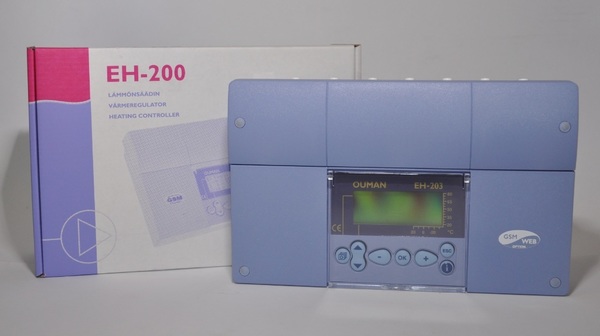
Photo 2. A variant of the controller for weather-dependent automation from the manufacturer Ouman, model EN-200.
Useful video
Watch the video, which explains what weather-dependent automation is and when it is needed.
Application of weather-dependent automation
This device is useful, although it has its drawbacks. It should be installed if it is impossible to constantly control the heating of the house. Also, weather automation is an excellent addition to convectors, which quickly change the temperature in the room.






Comments